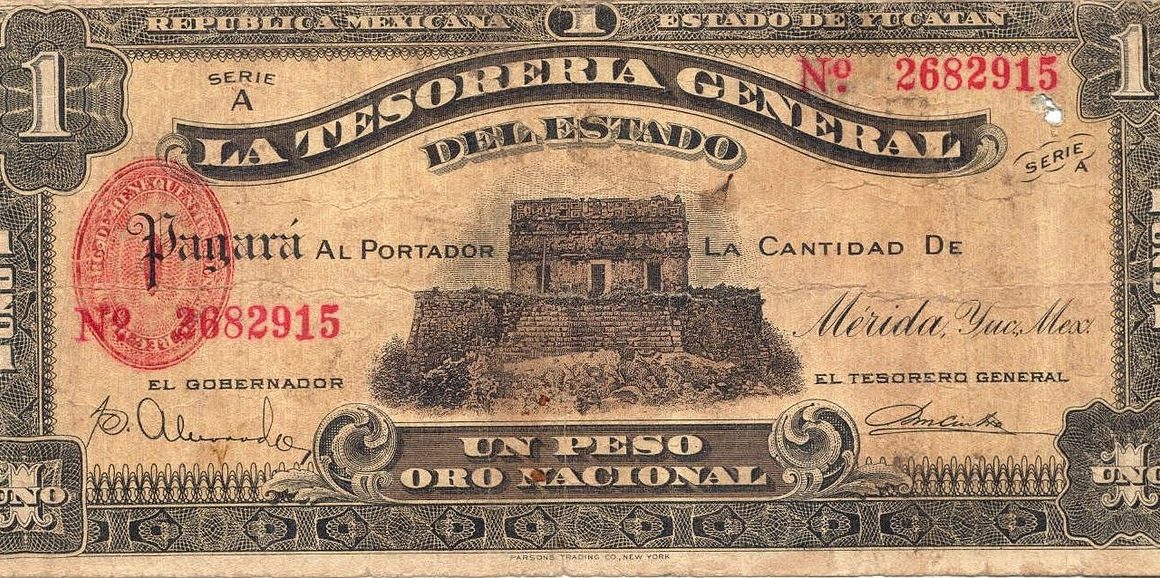Understanding the ebb and flow of commodity prices is essential for businesses, investors, and even everyday consumers. These raw materials form the bedrock of our global economy, impacting everything from the cost of gasoline at the pump to the price of bread on supermarket shelves. In this post, we’ll delve into the intricacies of commodity pricing, exploring the factors that influence these markets and how you can stay informed.
What are Commodities?
Defining Commodities
Commodities are basic goods used in commerce that are interchangeable with other commodities of the same type. They are the raw materials used to produce other goods and services.
- Examples of Commodities:
Agricultural Products: Wheat, corn, soybeans, coffee, sugar.
Energy: Crude oil, natural gas, gasoline, heating oil.
Metals: Gold, silver, copper, aluminum.
Livestock & Meat: Live cattle, pork bellies.
Hard vs. Soft Commodities
Commodities are often categorized into two main types:
- Hard Commodities: These are natural resources that are extracted or mined, such as crude oil, gold, and copper.
- Soft Commodities: These are agricultural products or livestock, such as wheat, coffee, and cattle.
Factors Influencing Commodity Prices
Commodity prices are influenced by a complex interplay of factors, making them inherently volatile and sometimes unpredictable. Understanding these factors is crucial for anyone involved in buying, selling, or investing in commodities.
Supply and Demand Dynamics
The fundamental principle of supply and demand plays a crucial role in determining commodity prices.
- Increased Demand: When demand for a commodity increases (e.g., increased demand for oil due to a growing global economy), and supply remains constant, prices typically rise.
- Decreased Demand: Conversely, if demand decreases (e.g., reduced demand for heating oil during a mild winter), prices tend to fall.
- Increased Supply: An increase in supply (e.g., a bumper crop of wheat) can lead to lower prices, assuming demand remains stable.
- Decreased Supply: A decrease in supply (e.g., a drought affecting corn production) can result in higher prices.
Geopolitical Events
Political instability, trade disputes, and international conflicts can significantly impact commodity prices.
- Example: Political unrest in oil-producing regions can disrupt oil supply, causing prices to spike. Sanctions imposed on a country that exports a specific metal can also limit the supply, leading to price increases. The Russian invasion of Ukraine had a major impact on wheat and energy prices.
Weather Patterns
Weather conditions can significantly affect the production of agricultural commodities.
- Example: A severe drought can decimate crops, leading to reduced supply and higher prices for commodities like wheat, corn, and soybeans. Excessive rainfall can also negatively impact crop yields.
Currency Fluctuations
The value of the US dollar (USD) plays a significant role in commodity pricing because most commodities are priced in USD.
- Stronger USD: A stronger USD can make commodities more expensive for buyers using other currencies, potentially leading to lower demand and lower commodity prices.
- Weaker USD: A weaker USD can make commodities cheaper for buyers using other currencies, potentially increasing demand and higher commodity prices.
Government Policies and Regulations
Government policies, such as subsidies, tariffs, and environmental regulations, can influence commodity prices.
- Example: Ethanol mandates in the United States, which require a certain percentage of ethanol to be blended into gasoline, have increased demand for corn, thereby affecting corn prices. Tariffs on imported steel can raise the price of steel within the country.
Speculation and Investment Flows
Speculation in commodity markets can amplify price movements. Large investment funds and individual traders can take positions in commodity futures contracts, influencing prices based on their expectations of future supply and demand.
How to Track Commodity Prices
Staying informed about commodity prices requires utilizing various resources and tools.
Financial News Outlets
Reliable financial news outlets provide up-to-date information on commodity prices and market analysis.
- Examples:
Bloomberg
Reuters
The Wall Street Journal
CNBC
Commodity Exchanges
Commodity exchanges, such as the Chicago Mercantile Exchange (CME) and the London Metal Exchange (LME), offer real-time price data and trading information.
Government Agencies
Government agencies provide valuable data and reports on commodity production, consumption, and trade.
- Examples:
The U.S. Department of Agriculture (USDA) publishes reports on agricultural commodities.
The U.S. Energy Information Administration (EIA) provides data on energy commodities.
Online Charting Tools
Online charting tools allow you to track historical and current commodity prices, identify trends, and perform technical analysis.
- Examples:
TradingView
Yahoo Finance
Using Commodity Price Information
Commodity price information has many practical applications for various parties.
Business Applications
- Cost Management: Businesses that rely on commodities as raw materials can use price forecasts to manage their costs effectively.
- Inventory Management: Understanding price trends helps businesses optimize their inventory levels, avoiding overstocking when prices are expected to fall and stocking up when prices are expected to rise.
- Strategic Planning: Commodity price information informs strategic planning, enabling businesses to make informed decisions about investments, production, and pricing strategies.
Investment Strategies
- Diversification: Commodities can be used as a hedge against inflation and currency fluctuations, diversifying investment portfolios.
- Trading Opportunities: Commodity price volatility offers trading opportunities for investors who can accurately predict price movements.
- Inflation Hedge: Some commodities, like gold, are seen as safe haven assets that tend to hold their value during periods of inflation.
Consumer Awareness
- Budgeting: Understanding commodity price trends helps consumers anticipate changes in the prices of everyday goods and services, allowing them to budget accordingly.
- Purchasing Decisions: Consumers can make informed purchasing decisions, such as buying gasoline when prices are lower or stocking up on certain food items when they are on sale.
Conclusion
Commodity prices are a dynamic and essential aspect of the global economy. By understanding the factors that influence these prices and utilizing available resources to track them, businesses, investors, and consumers can make more informed decisions, manage risks effectively, and capitalize on opportunities in the commodity markets. Staying informed is the key to navigating the complex world of commodity pricing.




